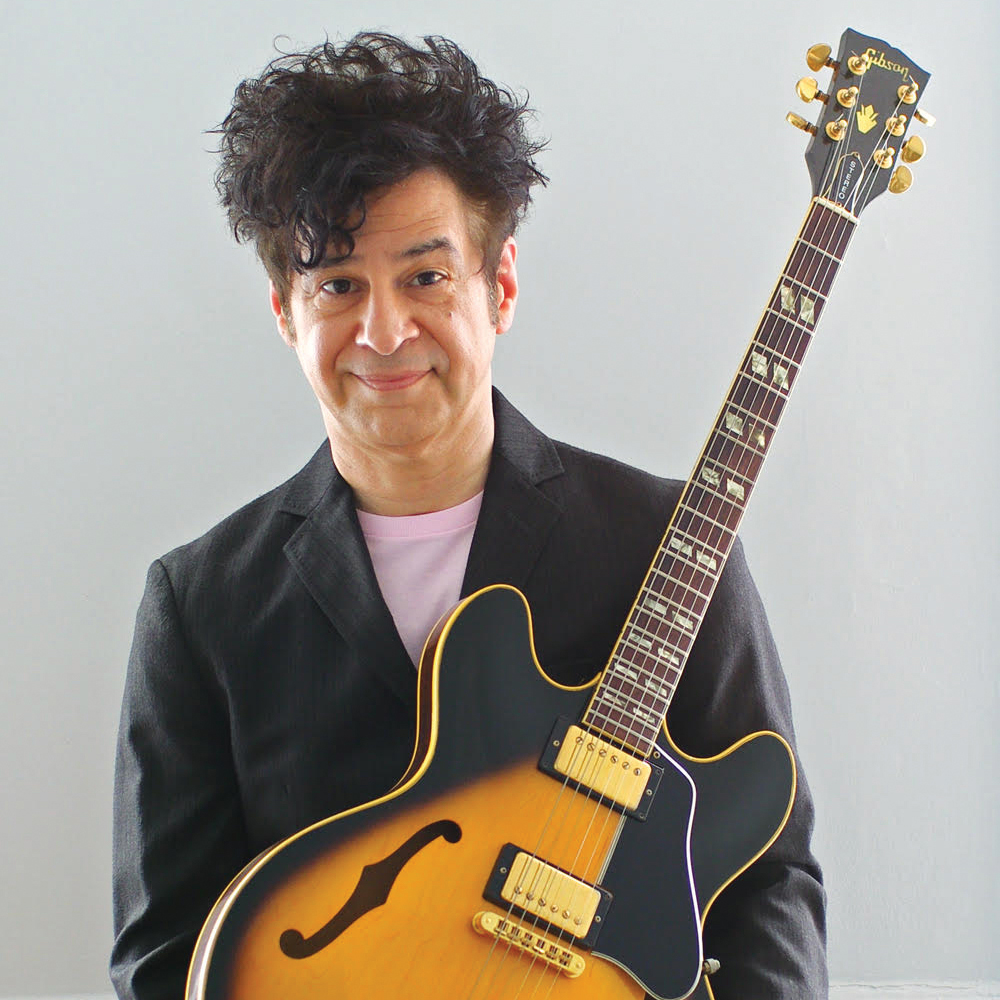The Little-Known Pentatonic Modal Trick
A great technique for helping guitarists get their heads and fingers around modal playing.

Soloing with the modes is a great way to add new and exciting colors to your guitar playing. It can also add an ear-bending “outside” sound to your playing that lends it sophistication.
Unfortunately, many guitarists who are familiar only with the pentatonic scales are stumped by the modes. Not only is it difficult to know what notes will work with the song you’re playing, but the modes are laid out on the fretboard in complex positions that bear little relation to the familiar pentatonic scales.
Guitar instructor, session player and composer David Wallimann has a great technique for helping guitarists get their heads and fingers around modal playing. It essentially involves reconfiguring the modal shapes into two-notes-per-string patterns, something we’re already familiar with from the pentatonic scales.
“Playing modally can be challenging at first,” David says. “Not only do you need to be aware of which notes really bring out the color of the mode you are using, but you also need to learn positions that are a bit more complex than the traditional pentatonic scales.
“This lesson will help you dive into modal playing without having to memorize completely new positions. The trick is to take a full mode in a narrow area of the fretboard, and randomly select two notes per string to build a new custom position.
“Doing so will help players who are comfortable phrasing with traditional pentatonic scales feel more at ease when transitioning to more complex scales. This is due to the fact that you are now using a position that feels like a pentatonic scale because it is built using two notes per string.”
Take a look at the video below for the full lesson.
David also offers a free theory course, available here. And be sure to visit his YouTube channel for many other great lessons.
Get The Pick Newsletter
All the latest guitar news, interviews, lessons, reviews, deals and more, direct to your inbox!
Christopher Scapelliti is editor-in-chief of Guitar Player magazine, the world’s longest-running guitar magazine, founded in 1967. In his extensive career, he has authored in-depth interviews with such guitarists as Pete Townshend, Slash, Billy Corgan, Jack White, Elvis Costello and Todd Rundgren, and audio professionals including Beatles engineers Geoff Emerick and Ken Scott. He is the co-author of Guitar Aficionado: The Collections: The Most Famous, Rare, and Valuable Guitars in the World, a founding editor of Guitar Aficionado magazine, and a former editor with Guitar World, Guitar for the Practicing Musician and Maximum Guitar. Apart from guitars, he maintains a collection of more than 30 vintage analog synthesizers.











